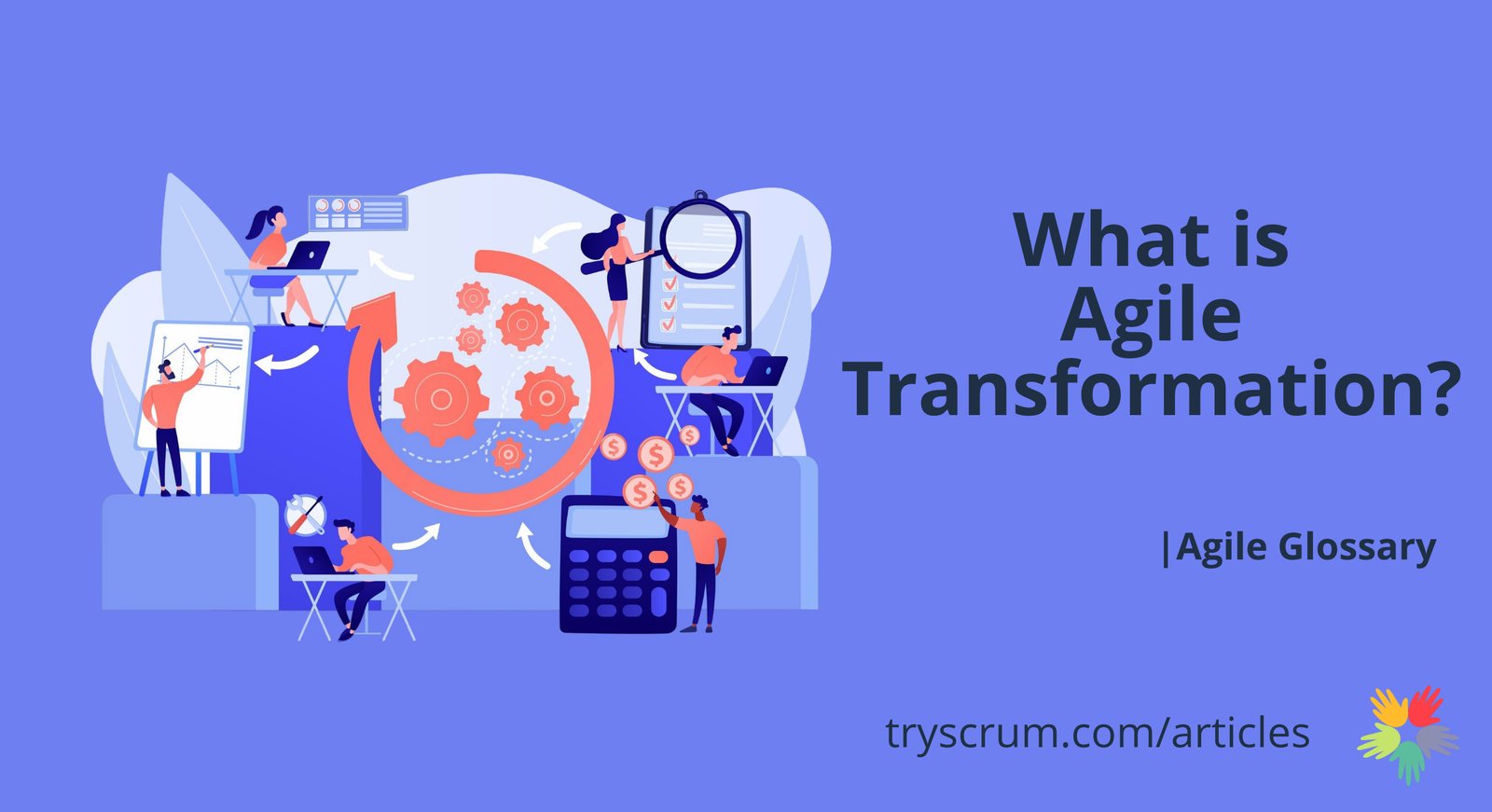Agile Transformation is an organization‑wide shift to embrace Agile principles, practices, and a collaborative mindset. It goes beyond isolated team practices to embed agility across leadership and daily operations, improving responsiveness, speed to value, and competitiveness.
Key Components of Agile Transformation
Mindset Shift
Move from rigid, top‑down structures to collaborative, adaptive ways of working. Encourage learning, feedback, experimentation, and continuous improvement.
Processes and Frameworks
Adopt fit‑for‑context frameworks such as Scrum, Kanban, or Lean to deliver value in small cycles while welcoming change.
Team Empowerment
Enable cross‑functional teams to make decisions autonomously and collaborate across skills to respond quickly to challenges and opportunities.
Continuous Feedback and Adaptation
Use regular feedback loops (e.g., retrospectives) to reflect, improve, and keep evolving the way of working.
Why Do Organizations Choose Agile Transformation?
Organizations pursue Agile Transformation to become more responsive to customers and markets. Traditional, plan‑driven approaches can be slow and rigid; agility enables faster delivery, higher quality, and a culture of innovation that keeps pace with change.
Challenges of Agile Transformation
Cultural Resistance
Long‑standing habits and structures can make adopting Agile principles difficult at first.
Leadership Buy‑In
Sustained executive commitment is critical; without it, transformation efforts stall.
Scaling Agile
Extending Agile practices across many teams and departments introduces coordination challenges.
Conclusion
Agile Transformation is an ongoing journey. By prioritizing collaboration, flexibility, and continuous improvement, organizations build resilience and deliver sustained value in fast‑changing environments.

































